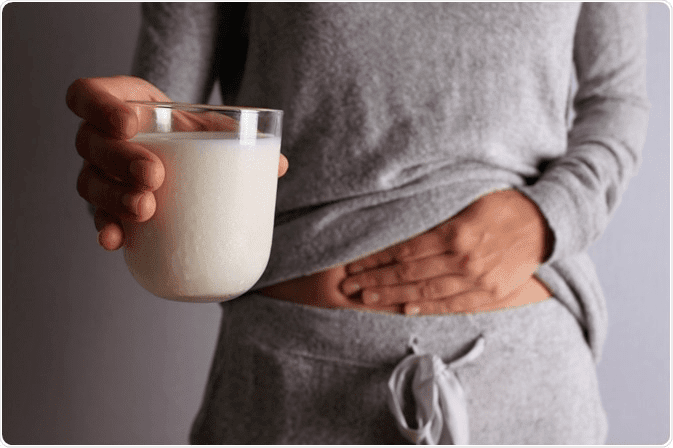
Market shelves are increasingly filled with products labeled “Lactose Free”, and at the doctor’s appointment more and more often the phrase is heard: “Tests show me lactose intolerance, but I always eat dairy products and feel great.” How to understand the endless flow of information and what to do if you really come across such a diagnosis? Lactose intolerance is a clinical syndrome in which the intake of lactose or food containing lactose causes symptoms such as abdominal pain, bloating, flatulence, nausea, diarrhea.
Lactose (milk sugar) is a disaccharide that is broken down by the enzyme lactase, located on the surface of the microvilli of the small intestine. In people with low lactase activity, up to 75% of lactose passes undigested
through the small intestine to the cecum, depending on the amount of lactose absorbed. Genetic test (genotypes C / C, T / C, T / T) indicates stable or non-constant activity of the enzyme. It does not take much time, but its disadvantage is that the test does not assess the symptoms and in itself can not be a reason for dietary treatment.
The goal of treating patients with intolerance is to eliminate the symptoms
while maintaining calcium and vitamin D intake.
- Limit the use of lactose in the diet.
There are dairy products with low lactose content (for example, aged and
white young cheeses, butter). - The amount of lactose in tablets, where it is used as a supplement, is so
small that there is no reason to believe that it will cause symptoms (however, the possibility of an individual reaction is still not excluded). - Watch for hidden lactose. Read the composition and labeling. First of all,
we are talking about butter products, dressings, breakfast cereals, semi-
finished products, food mixes. - Patients who avoid dairy products and do not get enough calcium and vitamin D should increase their intake of calcium-rich foods, or consider adding supplements to their diet. High concentrations of calcium are concentrated in foods such as spinach, chard, dried figs, tofu, sesame seeds, sardines, mackerel, salmon.




